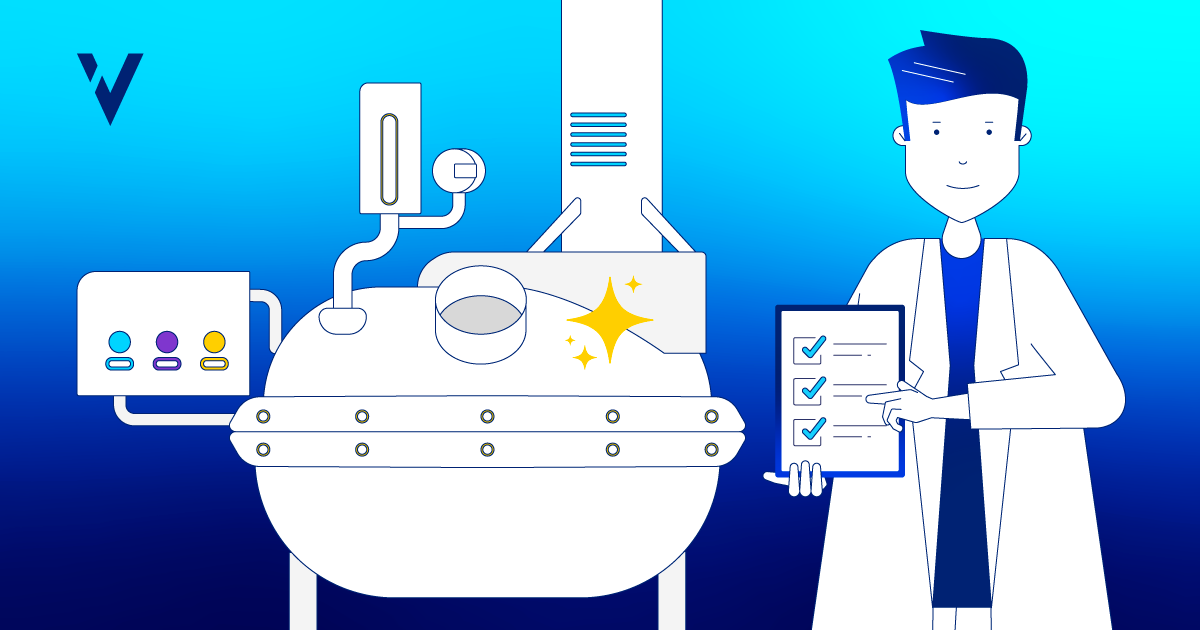Equipment qualification and validation (EQ/V) has always been a highly scrutinized subject in life sciences companies, especially during regulatory inspections and audits.
Traditionally, equipment was perceived as having limited computer involvement and thus minimal to no data-centric approach. Authoring, review, approval, execution, risk assessment, requirements traceability, and change control for qualification and validation were managed on paper and spreadsheets by a team of quality assurance/validation specialists. Tasks were subjective and person-centric (i.e., not always system- or requirements-centric) with limited transparency to managers, leaders, and inspectors.
In short, the EQ/V process was a regulatory landmine waiting to explode during an inspection or investigation.
In the last decade, equipment has improved in terms of its design, performance, efficiency, and complexity. The increasingly digital nature of equipment has produced an entire new data source. To meet cGMP expectations, many critical operatives and management processes, including batch records, document/data management and quality management systems (QMS) were digitalized with the help of user-friendly electronic solutions that encouraged market competition in these areas.
Still, many organizations refused the shift to digital EQ/V. Some reasons:
- EQ/V is considered a critical area only for the purpose of inspections, not as something that should be improved from the start
- The functional challenges of the validation team sit at the bottom of an organization’s plans
- Inadequate understanding of the available EQ/V tools or solutions available on the market
- Very short-term or reactive digitization roadmaps that treated EQ/V as a “nice-to-have” option, possibly due to the effort required to implement these solutions
Digitization for EQ/V Unleashes New Potential
Organizations that looked beyond these reasons and implemented new digitized solutions that embraced a data-centric approach unleashed entirely new potential and control in their validation programs. Some of these benefits include:- Reduced document storage footprint
- Optimized validation resources
- Always up-to-date and informed colleagues and managers
- Removal of manual evidencing and referencing (cross or matrix)
- Quick compilation of data (in minutes)
- Humongous tasks like delta validation and traceability matrices are intuitively managed
- Moving beyond ALCOA+ and meeting ALCOA++ (traceable) principles
- Always audit and inspection ready
- Reducing corporate carbon footprint
EQ/V digitization alters team dynamics, helping them work more efficiently and collaboratively to
- improve validation timelines
- ensure document consistency
- ensure harmonized practices
- manage tasks with 100% transparency
- reduce subjectivity
- manage the entire equipment life cycle in one place
For organizations that still use paper in equipment qualification and validation processes, now is the opportune time to embrace digital validation through proven, industry-leading platforms like ValGenesis VLMS. These platforms are highly configurable, eliminate laborious paper-based activities, mitigate risk, and enforce standardization and compliance.
Digitizing EQ/V is Possible for Any Size Company
In the life sciences, regulatory compliance equals competitive advantage.
To ensure equipment, instruments, facilities, and computer software are validated and compliant while following ALCOA++ data integrity principles, ValGenesis recently pioneered a “validation as a service” concept for organizations that need to start small, deploy quickly, and scale without issues. VLMS Express provides focused functionality to author, execute, and approve validation processes while maintaining fully dynamic, living traceability matrices. This product is ideal for pre-market start-ups, single-site life sciences companies, engineering and consulting organizations providing validation and C&Q services, and even for fixed capital projects within large companies.
With proven tools like these, highly efficient cGMP-compliant digital EQ/V processes can become a reality instead of a “nice-to-have” option.



.png)